Brief Introduction to World Expo Library
日期:05-20-2019 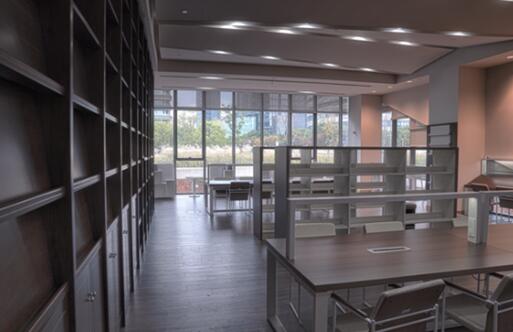

1. Objective and Position
As an integral part of the documentary center, the constructing World Expo Library is aimed to be posed as the storage center of Expo wisdom heritage, the international exchange platform of Expo-related literature, the information source and base of Expo industry, the reference and consultation center of Expo research, and the reading room for citizens who want to access Expo information.
2. Overview of Functional Areas
Located in the northeast corner of the World Expo Museum, the World Expo Library covers a construction area of 1600 m2, in which the first and the second floors are reading area, auditorium and functional areas. The reading area can accommodate maximum 64 readers, and the auditorium can hold up to 49 readers. Besides, the library will be equipped with in-depth reading area, discussion room, and independent research room, to cater the needs of different readers. On the third floor, functional areas such as visiting scholars research room, temperature and humidity controlled archive and office will be installed.
In the future, the Library is expected to serve Expo practitioners, researches and regular visitors, and reservations are required.
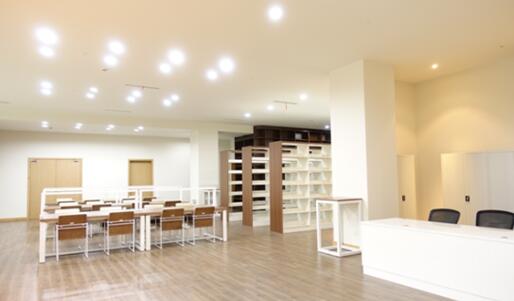
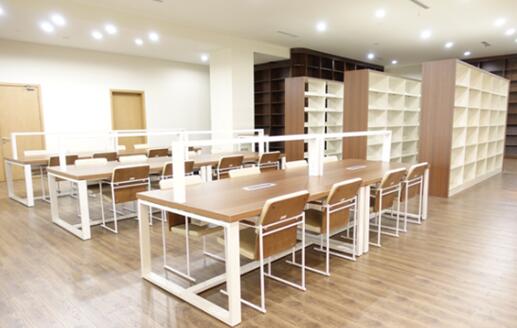
3. Main Functions of World Expo Library
1) Literature Storage and Sorting
The Library will collect relevant documents of World Expo by means of resource sharing by BIE, collection on Expo site, donation and purchase. The collected documents will be categorized, catalogued, stored and repaired.
2) Literature Reading and Use
The Library will provide literature retrieval and reading services to both internal and external readers. Also, the Library will provide regular consultation to World Expo exhibitions, training, social education and other projects. The mid and long-term goal of the Library is to build cooperation with BIE, and public libraries and research centers in Expo host cities, so as to share the catalogue and realize uniformed searching of World Expo literature.
3) Literature Communication and Promotion
The Library will further sort out its own documents and promote high-quality Expo literature to internal and external readers. Various events and promotion methods will be adopted to impress the readers with the charm of World Expo through reading.
4) Literature Cooperation and Exchange
The Library will also actively cooperate with public libraries, research centers and archives in Expo host cities. By exchanging collections, it is expected to deepen the reader’s understanding and communication in Expo spirit and different cultures and share Expo wisdom.
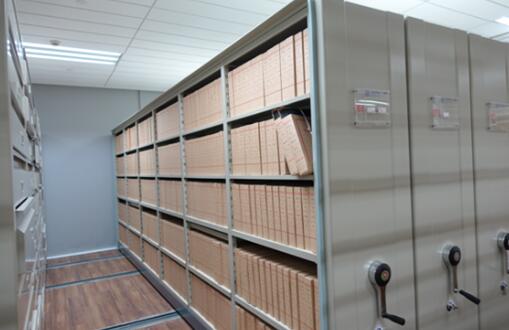
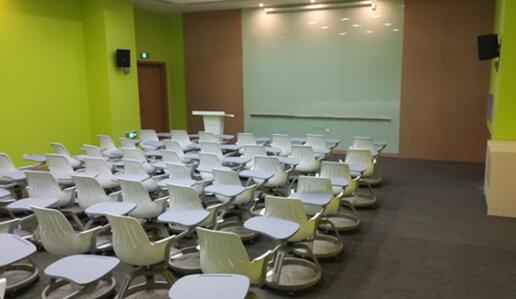
3. Collection Structure of World Expo Library
Focused on World Expo literature and supplemented by books in fields of culture, exhibition, history and design, the World Expo Library has developed its hierarchical collection and development plan. As of March 2019, the Library has a collection of over 5500 paper books, over 53000 pieces of documents, and 14TB of digital data which includes 1815 e-books, over 100,000 digital pictures, over 3000 minutes of audio resources from BIE. Such collection covers 14 language and ranges from 1831 to now.
1) Documents filed by BIE: The Library collects 1815 annual publication, books and digital literature published by BIE since 1996, including the official catalogues, final reports and relevant books of World Expo and other major world exhibition events.
2) Publications Purchased by WEM
The Library purchases 3275 books and magazines concerning culture, World Expo and other exhibitions and museums. The publications are in Chinese and many other languages, covering fields of architecture, economy, urban design, art, history, design and etc.
3) World Expo Image Database
The Library boasts an image database with more than 100,000 pictures which are divided into three themes, Expo history, Expo 2010 Shanghai, and BIE. Images are mainly about pavilions, Expo sites, exhibitions, events, milestones and celebrities.
4) World Expo Media Database
The Library cooperates with SMG Media Resource Center to establish the world expo media database and collects over 3000 minutes of audio data about the previous 60 sessions of World Expo, in which 1175 files are about Expo 2010 Shanghai, and 194 files about the previous World Expos.
5) Literature Donation
953 files of literature are donated to the documentary center from Expo organizers, participants from different countries, Shanghai Library, Free University of Brussels and other domestic and foreign institutions. Additionally, over 20,000 different documents are also donated as well as a few electronic files.
On July 23, co-organized by Shanghai Association of the Blind, the World Expo Museum, Shanghai New Height Travelling and the “Listen to the New World” volunteer group, the Bus Sightseeing to WEM invited nearly 60 people with visual disability with the purpose of satisfying their mental needs.
4. Information Service of WEM Documentation & Research Center
Since 2012, cooperating with the BIE library, the documentation and research center has been providing information service for the library staff and its readers. During the past few years, hundreds of institutions, individuals and governments from nearly 20 countries have made information inquiries. The two libraries received nearly 100 times of inquiry per year, and almost 70% of the readers made distance inquiries through letters and emails. However, due to the lack of OPAC and digital resource platform, most inquiry demands that must be met by coming to the library failed.
According to statistics, main inquiry groups are as follows:
1)Governments: World Expo bidding countries, hosting countries and participating countries.
Representative readers: the London Municipal Government, the Busan Municipal Government, Astana EXPO-2017 National Company, and the Osaka Municipal Government.
Main purposes: to inquire about rules, regulations and plans of different stages of World Expo; to communicate with World Expo experts.
2)Universities and research institutions that work on projects related to the World Expo.
Representative readers: Universität Augsburg (Germany), Université de technologie de Belfort Montbéliard (France), Université de Sherbrooke (Canada), Tongji University and East China Normal University.
Main purposes: to inquire about World Expo files and publications; to study on projects covering urban planning, history, international relations, exhibition designs, architecture and environment protection through the World Expo.
3)Companies and social organizations: World Expo exhibitors, sponsors and other World Expo witnesses, or potential investors and participants.
Representative readers: Bardinet from France and Zwilling from Germany.
Main purposes: to search for and collect their World Expo videos, award records and relevant reports so as to help improve brand building and make development strategies.
4)Individuals: World Expo fans.
Individual readers from all over the world inquire about a wide range of World Expo files. On a macro level, they may inquire for the historical evolution of the World Expo; on an intermediate level, they may inquire for the performance of a certain country in different World Expos; and on a micro level, they may inquire for a certain exhibit displayed in a certain World Expo. In a word, they may access to anything they would like to learn about.